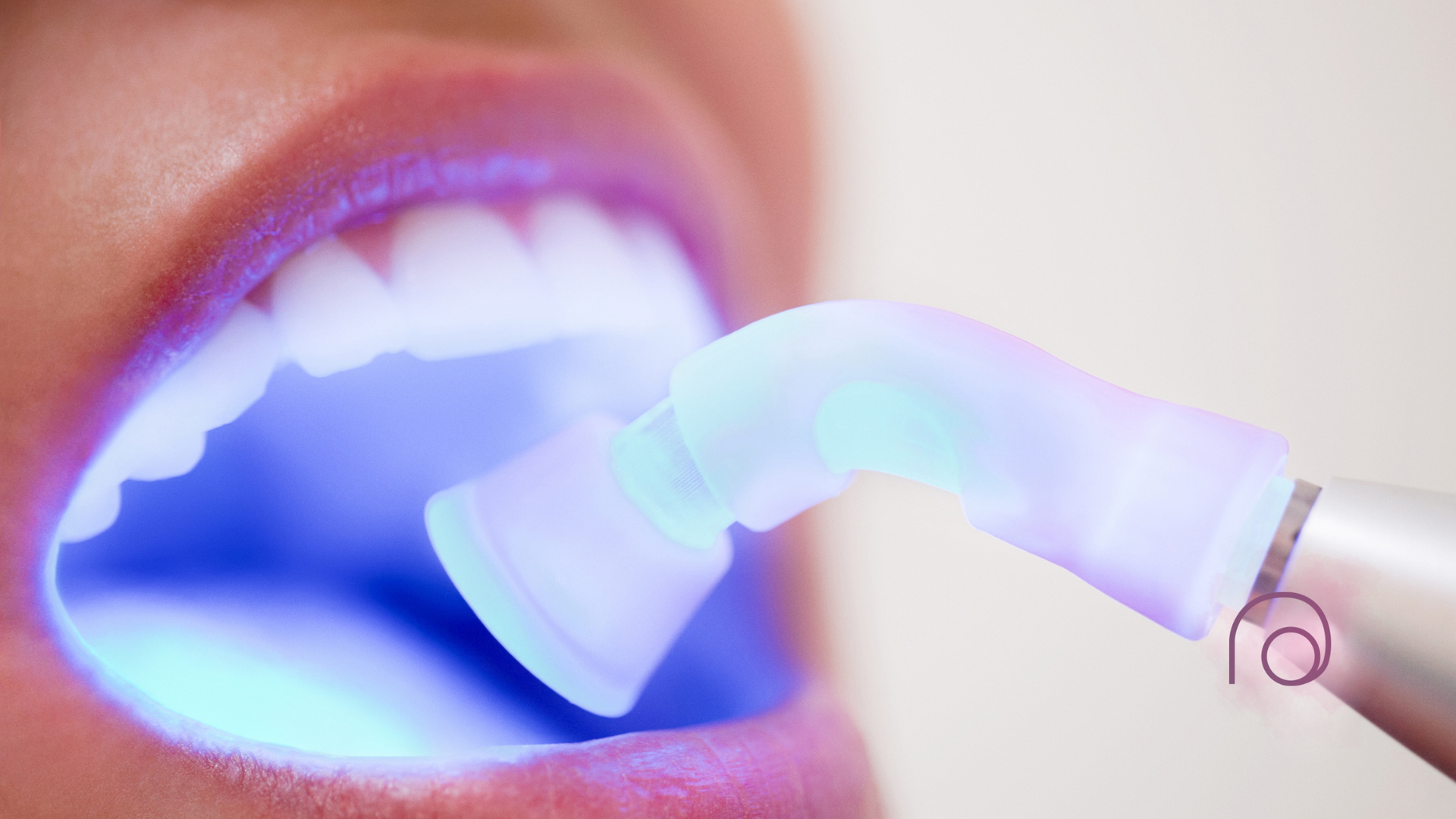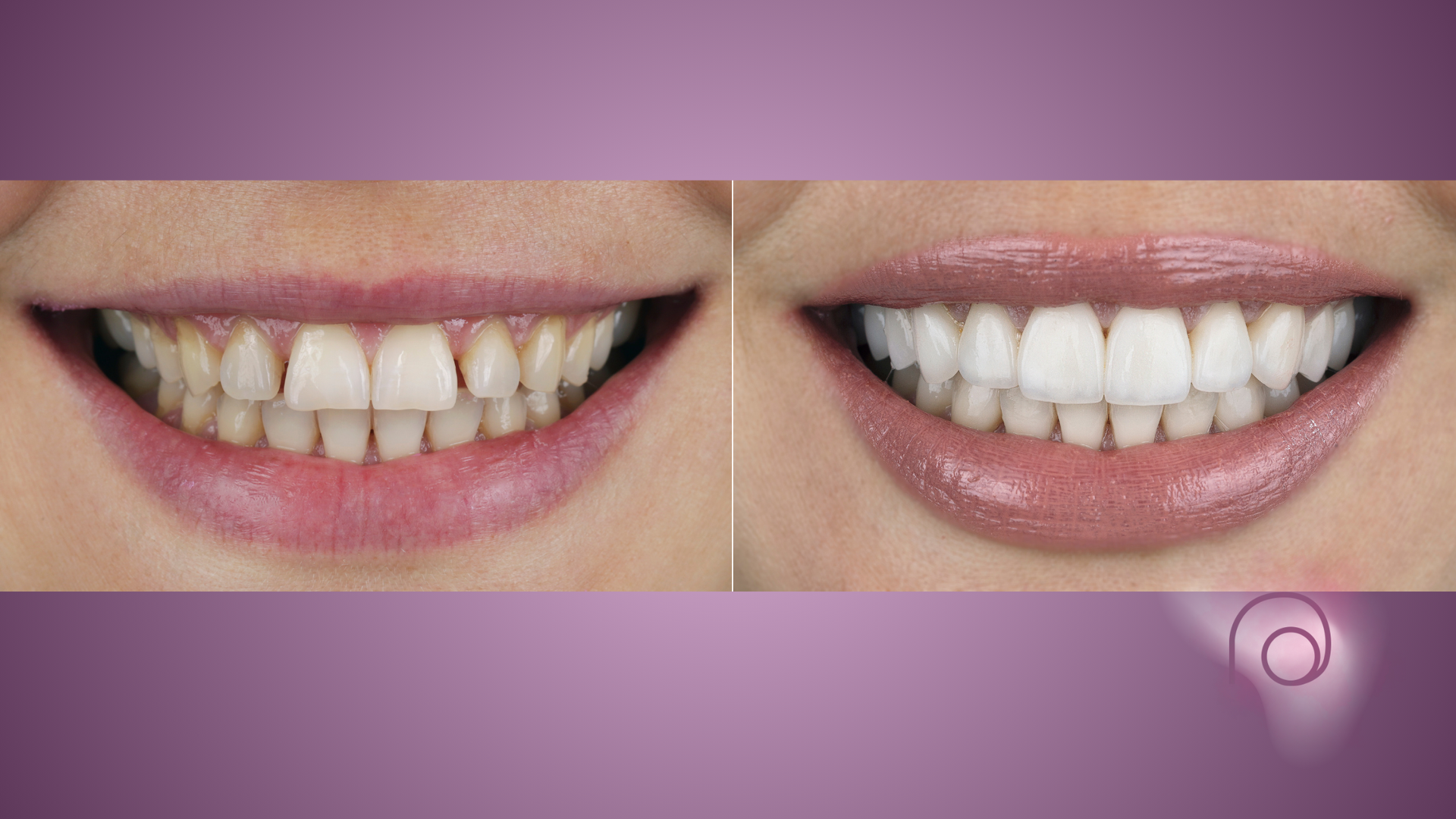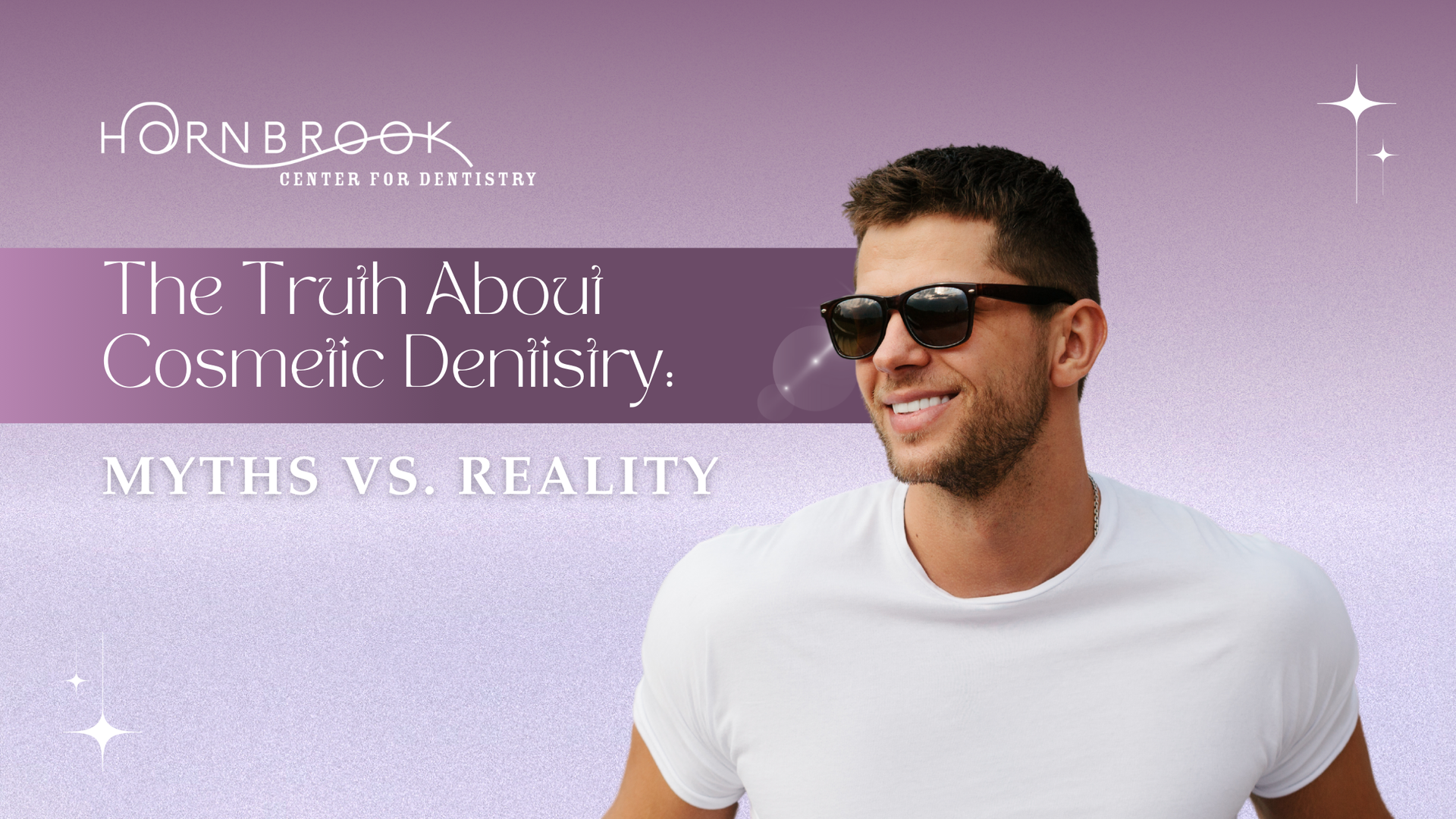Which Is Right for You?: Porcelain Veneers Or Composite Dental Bonding

Source: Dr. Marketing
When it comes to achieving a beautiful, confident smile, porcelain veneers and dental bonding are two of the most popular cosmetic dentistry treatments. While both options are designed to correct imperfections like chips, discoloration, and uneven teeth, they differ significantly in terms of materials, durability, cost, and application process. Understanding these differences can help you choose the treatment that best fits your needs, goals, and budget. Let’s take an in-depth look at porcelain veneers and dental bonding to help you make an informed decision.
What Are Porcelain Veneers?

Porcelain veneers are thin, custom-made shells crafted from high-quality porcelain. They are bonded to the front surface of the teeth to address a variety of cosmetic concerns. Veneers are highly versatile and can improve the appearance of teeth that are severely stained, chipped, cracked, or misaligned. Unlike other treatments, veneers are designed to offer a complete transformation of your smile, creating a uniform and natural-looking appearance.
The process of getting porcelain veneers typically involves multiple steps. During the initial consultation, your dentist will assess your teeth and discuss your aesthetic goals. A thin layer of enamel is then removed from the surface of the teeth to make room for the veneers. Impressions or digital scans are taken and sent to a dental lab, where your custom veneers are fabricated. At your final appointment, the veneers are bonded to your teeth, completing the transformation.
What Is Dental Bonding?

Dental bonding, also known as composite bonding, involves applying a tooth-colored resin material directly to the tooth's surface. The resin is molded and shaped by the dentist to repair imperfections such as minor chips, cracks, or discoloration. Once the desired shape is achieved, a special curing light is used to harden the resin, making it durable and functional.
Unlike porcelain veneers, dental bonding is a more conservative treatment that requires little to no removal of enamel. It is typically completed in a single visit and is often used for smaller, less extensive cosmetic concerns. Dental bonding is an excellent option for quick, cost-effective fixes and can provide a noticeable improvement in the appearance of your smile.
Key Differences Between Veneers and Bonding

While both porcelain veneers and dental bonding can enhance your smile, they differ significantly in their application and results. Veneers offer a more comprehensive and long-lasting solution, while bonding is ideal for addressing minor issues. Understanding these differences is essential to choosing the right treatment for your needs.
Durability and Longevity
Porcelain veneers are known for their durability and can last 10–15 years or more with proper care. The high-quality porcelain material resists staining and mimics the natural translucency of tooth enamel, ensuring a lifelike appearance for years to come. Dental bonding, on the other hand, has a shorter lifespan of 3–7 years and is more susceptible to staining and wear over time.
Aesthetic Results
One of the standout features of porcelain veneers is their ability to create a flawless, natural-looking smile. They are custom-designed to match the shape, size, and color of your teeth, offering unparalleled aesthetics. While dental bonding can also improve the appearance of your teeth, the resin material may not achieve the same level of natural shine and translucency as porcelain.
Cost
Cost is an important consideration when deciding between veneers and bonding. Porcelain veneers are a more expensive option, with prices ranging from $900 to $2,500 per tooth. This higher cost reflects their durability, superior aesthetics, and the multiple appointments required for their placement. Dental bonding is a more affordable alternative, costing between $100 and $400 per tooth. It is a great choice for patients seeking an economical solution for minor cosmetic concerns.
Treatment Time
The time required for each treatment is another significant difference. Porcelain veneers typically require two to three visits to complete, as the custom fabrication process takes time. In contrast, dental bonding can usually be completed in a single visit, making it a faster option for minor corrections.
When to Choose Porcelain Veneers

Porcelain veneers are the ideal choice if you are looking for a long-lasting, transformative solution for your smile. They are particularly well-suited for patients with multiple cosmetic concerns, such as severe discoloration, misshapen teeth, or gaps. Veneers can also address minor misalignment without the need for braces, offering a straighter, more uniform appearance in just a few appointments.
If your goal is to achieve a Hollywood-worthy smile makeover, veneers are the gold standard in cosmetic dentistry. Their durability and resistance to staining make them a worthwhile investment for those seeking a beautiful, low-maintenance smile.
When to Choose Dental Bonding
Dental bonding is an excellent option for patients with smaller, less complex cosmetic issues. If you have a chipped tooth, a small gap, or minor discoloration, bonding can provide a quick and affordable fix. It is also a great choice for patients who want to preserve as much of their natural tooth structure as possible, as bonding requires little to no enamel removal.
Bonding is often recommended for younger patients or those who want to test out a cosmetic enhancement before committing to a more permanent solution like veneers.
Caring for Your New Smile

Whether you choose porcelain veneers or dental bonding, maintaining good oral hygiene is essential to prolonging the life of your treatment. Brush your teeth twice a day with a non-abrasive toothpaste, floss daily, and visit our dentist in San Diego regularly for check-ups and cleanings. Avoid biting into hard objects, such as ice or pens, and limit consumption of staining foods and drinks to keep your smile looking its best.

Porcelain veneers and dental bonding are both excellent options for enhancing your smile, but they serve different purposes and suit different needs. Veneers are ideal for those seeking a long-lasting, comprehensive transformation, while bonding is perfect for quick, cost-effective fixes. Consulting with a dentist is the best way to determine which treatment aligns with your goals and budget.
If you are ready to take the next step toward a more confident smile, schedule a consultation with our dentists in San Diego, California today. They can guide you through the process and help you choose the option that’s right for you. Whether you opt for veneers or bonding, you’ll be one step closer to achieving the smile of your dreams.



